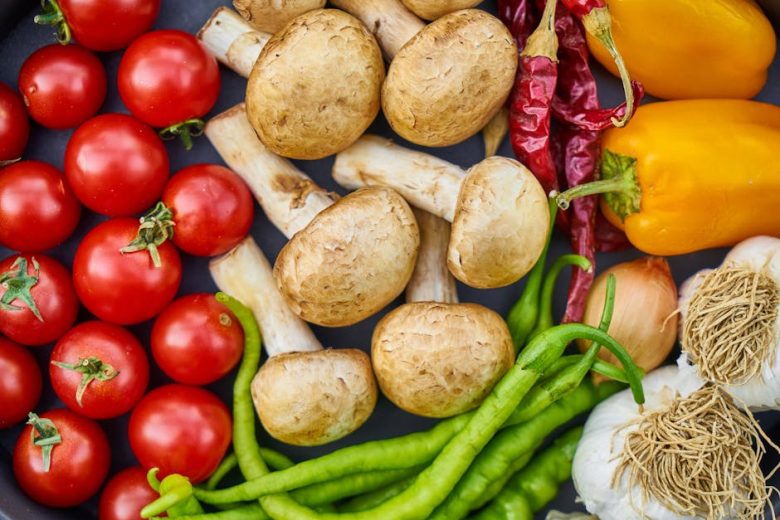In our modern world, plastic is everywhere. From the packaging that encases our food to the bottles we drink from, it has become an integral part of our daily lives. However, beneath its convenience lies a worrying reality that many of us remain blissfully unaware of. As we go about our routines, we may be exposing ourselves to harmful substances that can have lasting effects on our health and the environment.
The convenience of plastic is undeniably appealing, but the hidden dangers it harbors raise serious concerns. Studies have shown that certain types of plastics can leach toxic chemicals into the products we consume, posing risks ranging from hormonal disruptions to increased cancer risk. The rising prevalence of plastic waste in our oceans and landfills also paints a grim picture for future generations. As consumers, it’s crucial to understand what we are dealing with and how we can mitigate these risks.
One of the primary concerns surrounding plastics is the presence of bisphenol A (BPA) and phthalates, chemicals commonly found in many plastic products. BPA has been linked to reproductive disorders, obesity, and diabetes, while phthalates have been associated with developmental issues in children. These chemicals can leach into food and beverages, especially when heated, leading to increased exposure. The alarming reality is that even low levels of these substances can have significant health implications, particularly for vulnerable populations such as pregnant women and young children.
Moreover, the environmental impact of plastic waste cannot be overstated. Every year, millions of tons of plastic end up in our oceans, harming marine life and ecosystems. Sea turtles ingest plastic bags, mistaking them for jellyfish, while seabirds feed their chicks plastic debris, leading to starvation and death. This not only diminishes biodiversity but also disrupts the delicate balance of marine ecosystems. The ripple effect of our plastic consumption is felt far beyond our immediate surroundings, prompting a call to action for both individuals and policymakers to address this crisis.
Fortunately, there is a growing movement toward sustainable alternatives that can help alleviate the burden of plastic on our planet. Biodegradable materials, reusable containers, and eco-friendly packaging options are gaining popularity as consumers become more conscious of their environmental footprint. Companies are now innovating to create products that are both functional and sustainable, offering hope for a future where convenience doesn’t come at the cost of our health or the planet.
As we navigate the complexities of modern life, it’s essential to remain informed about the hidden dangers of everyday plastics. While the challenges are significant, there is also a sense of hope. By making conscious choices and advocating for policy changes, we can protect ourselves and the environment from the detrimental effects of plastic. Together, we have the power to create a healthier, more sustainable world for ourselves and future generations. The time to act is now, and every small step counts.



